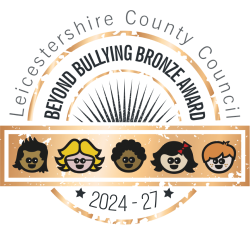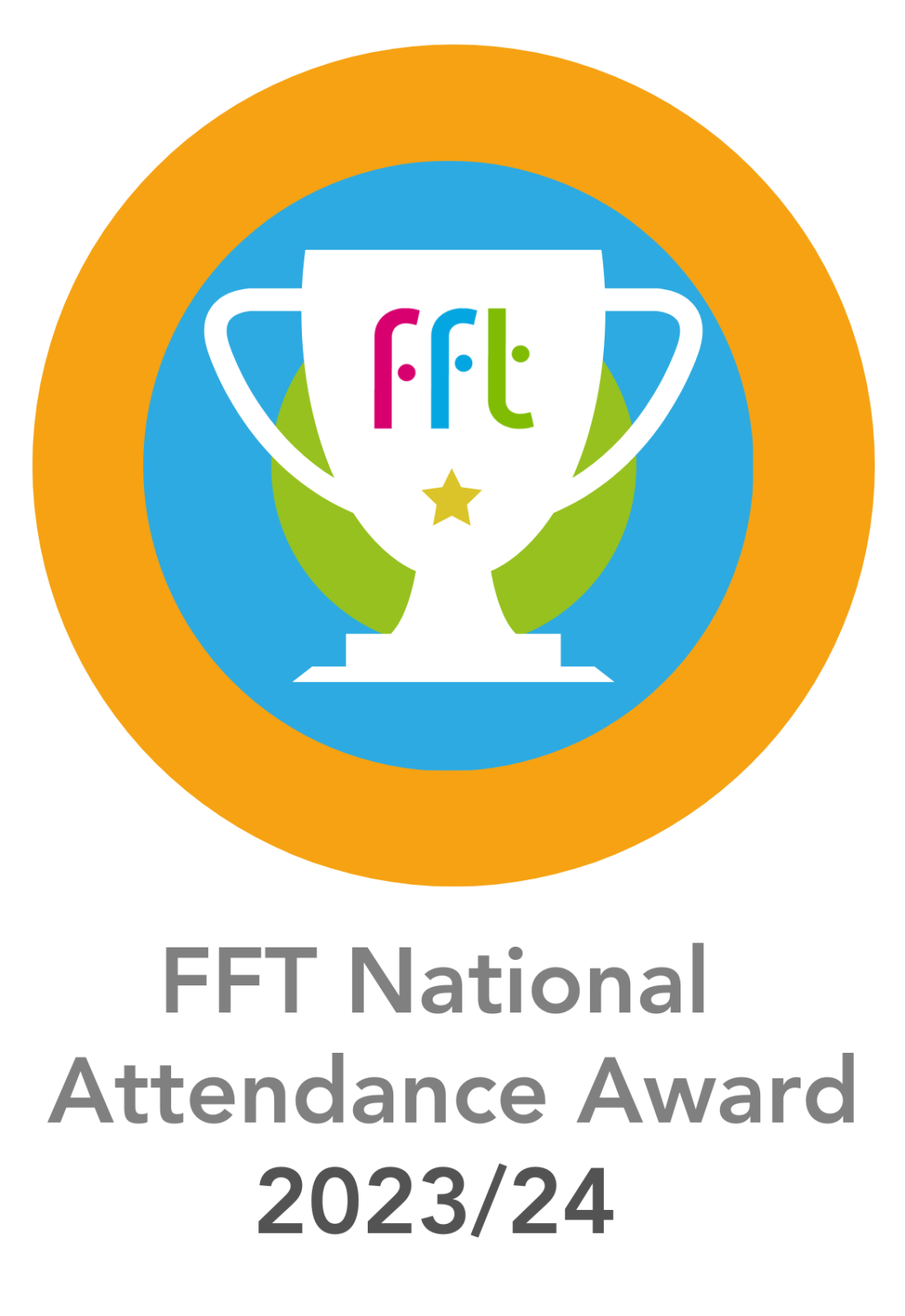Media Studies
What is Media at GCSE Level?
Studying Media for GCSE offers pupils an engaging and practical education that goes far beyond simply analysing films or TV shows.
At its core, this course will equip pupils with essential digital literacy skills, empowering them to navigate and create in today's rapidly evolving media landscape. Through critical thinking, creative projects, and an exploration of diverse cultural, social and political perspectives, pupils not only learn to understand and interpret media but also to examine how media outlets communicate and collaborate with their audiences.
Media Learning Journey
You can find a comprehensive plan of the Media 24/25 course here.
What will I study?
GCSE Media Studies offers a dynamic exploration of the media world, focusing on two key components.
Component 1 (worth 40%) delves into media language and representation, helping students critically analyse a wide range of media texts and to understand how marketers achieve their aims. They will explore:
- Analysis of advertisements: Quality Street. (1956) and Sport England (2015)
- Analysis of film marketing: James Bond: No Time to Die (2021) and The Man with the Golden Gun (1974)
- Analysis of magazine front covers: GQ (Raheem Sterling) and Vogue (Malala)
- Analysis of newspaper front covers: The Guardian and The Sun.
Component 2 (worth 30%) focuses on why and how the media industries create their products, making them available to a wide-range of audiences and demographics. They will explore:
- TV Sitcoms: Man Like Mobeen (2017) and FRIENDS (2004)
- Music Videos: TLC - Waterfalls (1995), Lizzo - Good As Hell (2016) and Justin Bieber - Intentions (2020)
- Online profiles of Lizzo and Justin Bieber - websites and Twitter (X)
- Video Games: Fortnite (2018)
- Radio Industry: The Archers (1951)
Component 3 (worth 30%) is the pupils’ NEA (Non-Exam Assessment). Within this component, pupils will learn essential digital literacy skills via the creation of their own media product - assessed externally.














